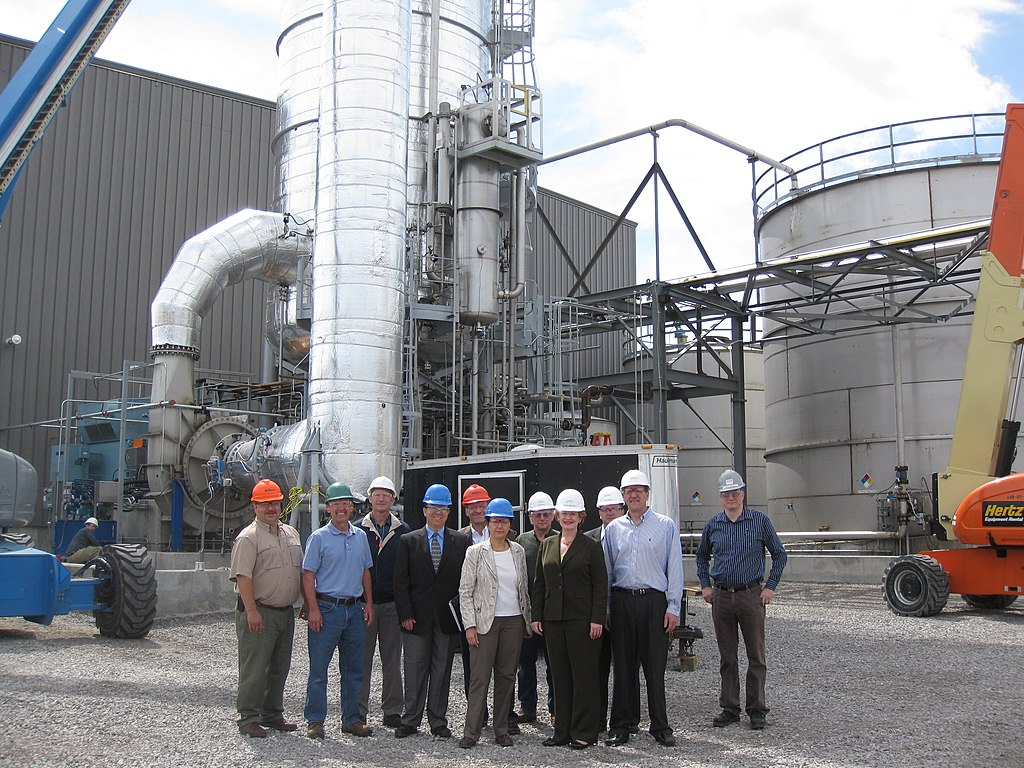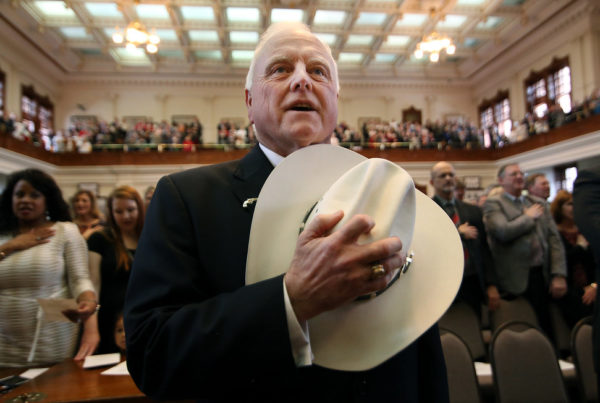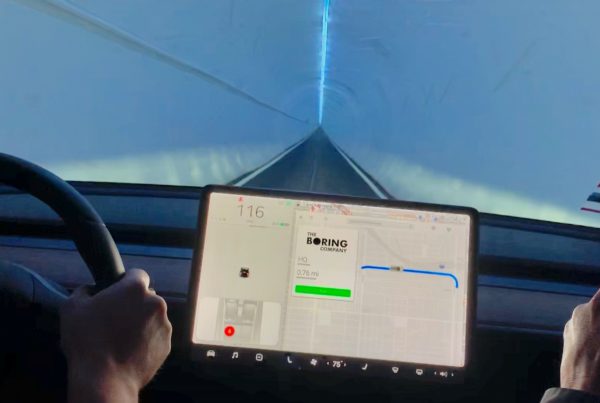Last week, Gov. Greg Abbott announced that a $1.7 billion biorefinery is headed to East Texas. The plant, operated by USA BioEnegry, is expected to bring more than 100 jobs to Newton County, north of Beaumont.
Biorefineries like this one are touted as a greener way to make fuel sources – like biodiesel and ethanol. But how do they fit into Texas’ energy economy, and are they a viable solution to slashing greenhouse gas emissions?
Michael Webber is the Josey Centennial professor in energy resources at UT-Austin.
Listen to the interview above or read the transcript below.
This transcript has been edited lightly for clarity:
Texas Standard: Could you tell us a little bit more about how a biorefinery actually works?
Michael Webber: First of all, there are different types of bio feedstocks – things you put into a refinery. It could be things like corn that you could turn into ethanol. It could be soy you turn into biodiesel. Or it could be some sort of waste streams, which could be woody waste from a forest. You want to clear out the fallen trees to reduce wildfire risk. It could be municipal solid waste. It could be unrecyclable plastics. There are all sorts of waste streams. It could be food waste or agricultural waste, you name it.
And if we can take that waste, and instead of putting it into a landfill, convert it into fuels and chemicals. It makes it more valuable. But it also helps reduce environmental impacts on wherever the landfill would have been, wherever you were to put the waste.
So what does it cost to generate, in terms of fuel, and what does it produce? This certainly does sound incredible if you put it all together.
Generally speaking, these conversion technologies are newer and more expensive than the easy way of pulling a fuel out of the ground, burning it and dumping the waste in the atmosphere. But more and more customers and regulators and investors are demanding that we don’t use the atmosphere as a dumping ground for carbon waste anymore. And so if you include the cost of what you used to be able to do for free – putting waste in the atmosphere, maybe now you have to pay $50 per ton of CO2. All of a sudden, these other pathways look more affordable by contrast, And that is because these bio feedstocks, like woody waste or these crop waste or whatever it is, actually grew by taking CO2 out of the atmosphere. And so on their lifecycle, they’re less carbon intensive. And therefore you avoid that damage and avoid that price. So they look expensive, but if you quit letting the old way get away with dumping pollution for free to the atmosphere, then all of a sudden it looks more cost competitive.
Is it really possible for biofuels to completely replace petroleum-based, or fossil fuel products? We were talking earlier about ethanol, and E85 or flex fuel pumps seem more of a rarity. Can biofuels really take hold in a significant way, or will they remain sort of supplemental to fossil fuels in general?
There’s not enough bio material in the world that we could sustainably harvest to replace our entire consumption of all the liquid fuels we use in the world. It might be something like five or 10%, depending on where you are. But if we can use a lot of efficiency to reduce how much fuel we need for airplanes, for example, and if we can replace the liquid fuels we need for light duty vehicles on the ground with electricity, and if we can use ammonia from hydrogen for marine shipping, we start to remove the need for liquid fuels and reduce it only to say jet fuel. there might be enough bio material to make all the jet fuel in a sustainable way.
So that’s kind of exciting. So it will displace all that we use or all that we need today. But it might displace enough to really make it relevant for particular sectors. Aviation is one of the hardest to electrify, and therefore liquid fuels, if they come from bio feedstocks, are actually pretty handy.
Well, now I want to loop back to one of the reasons why we wanted to discuss this in the first place – Gov. Greg Abbott’s announcement of this $1.7 billion bio refinery headed to East Texas. What sort of dent could a facility like that make?
I think it’s pretty exciting, first of all, it’s a multibillion dollar thing that shows that clean energy is big business. It also shows that Texas has a lot of skill sets that are really valuable for the energy transition as we go to these different forms of energy. The same old chemical engineering and project management and finance, and all the things we had to do to be successful in oil and gas will also be helpful for these biorefineries.
It’s a good sign that for Texas. We can make money when we don’t care about carbon and we can make money when we do care about carbon. So that’s all great. And the facility will be large, and also shows that it’s not just like a ma and pa biorefinery in some corner location, it’s large scale, close to port and could set us up for export markets. And it’ll make tens of millions of gallons of liquid fuels a year, which is exciting.
Could it make a dent in the Texas energy economy?
Sure. The Texas energy economy is huge, but it’s not so big that we don’t notice a $2 billion investment. So it’s big enough to really catch attention because it’s not just the capital investment into the facility, it’s the year in and year out operation that will employ people and that will create value for Texas. So it is significant. And we should celebrate that.















